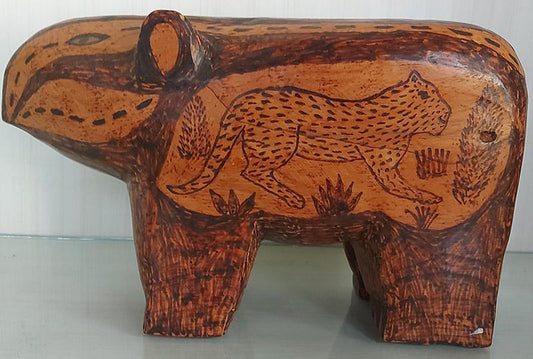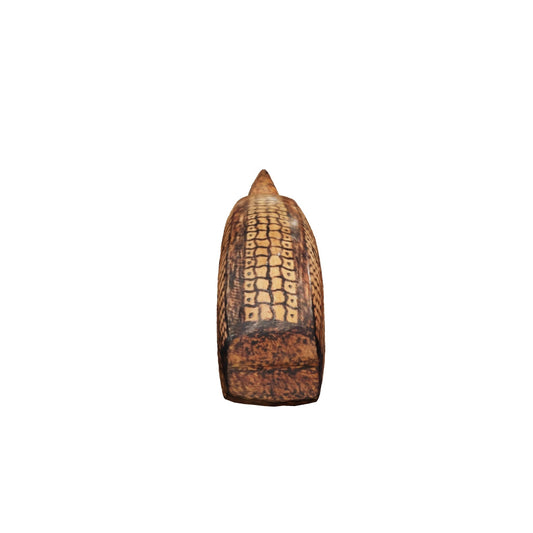
Collection: ACHÉ COMMUNITY
Traditionally, the Aché indigenous people occupied approximately 5,000 km2 of subtropical forest in the Eastern region. Currently, they make up six communities located mainly in the department of Canindeyú as well as in Alto Paraná, Caazapá and Caaguazu with a total population of 1,942 people (DGEEC 2013).
For a long time they remained reluctant to make contact and moved permanently through the high mountains of the Eastern region so as not to be found. Since the 1950s they were systematically persecuted by various sectors of the non-indigenous national society until they were finally reduced to a few settlements. They were literally hunted for having different features from other ethnic groups in the area, and although they went further into the thicket of the forest to seek refuge, many were caught and sold, others were tortured in pursuit of science, and some were kidnapped. and sold as slaves or for adoption. Among their subsistence activities, they still practice hunting, fishing and gathering with traditional techniques such as bow and arrow - which today is almost a competitive sport among them.
Starch from the palm tree and honey are the foods they consume most. The prey hunted and collected is redistributed among families, sharing food as well as raising children who in their first days of life are left in the care of other families. women and men with whom they will maintain a relationship of reciprocity and care throughout their lives.
They use twisted fibers of wild nettle, pindo palm, and samuú, mixing them with monkey hair or human hair, to give them more resistance and make ropes that they will use to climb trees in search of honey or to avoid bites from animals when they are hunting. Among the new productive activities that the Aché develop, the cultivation of yerba mate under the forest stands out, a sustainable and profitable activity, compatible with the conservation of the
forest.














